By using this website you agree to our use of cookies. If you require more information or prefer not to accept cookies please visit our Privacy Policy >
AORUS Z490 motherboards sport Tantalum Polymer Capacitors - Improved stability and performance

At Gigabyte, every time, on every chipset we try to push limits but always keep the high quality standards that we’re known for. The new high-end AORUS Z490 motherboards couldn’t be excluded from the above. Despite the improvement on the CPU power design for the new 10th generation CPUs, this time our engineers improved the DDR power delivery too. We’re very excited to show you what the improvements are.
CPU Power Design - Better Transient Response

First, the CPU power delivery. The changes are not that big since GIGABYTE is already using an advanced power solution on the higher-end motherboards. The most significant change is the use of POSCAP.
Most motherboards usually are equipped with the traditional radial shaped capacitors. This time, for the high-end AORUS Z490 motherboards we’ve used some smaller size tantalum polymer capacitors, the POSCAP. These capacitors allow us to improve the transient response which provides even higher stability under overclocking and heavy loading conditions. To measure the difference that the POSCAP array makes we used an older generation motherboard and we measured the transient response using an oscilloscope.
There’s clearly an improvement on overshoot and undershoot when the POSCAP array is used.
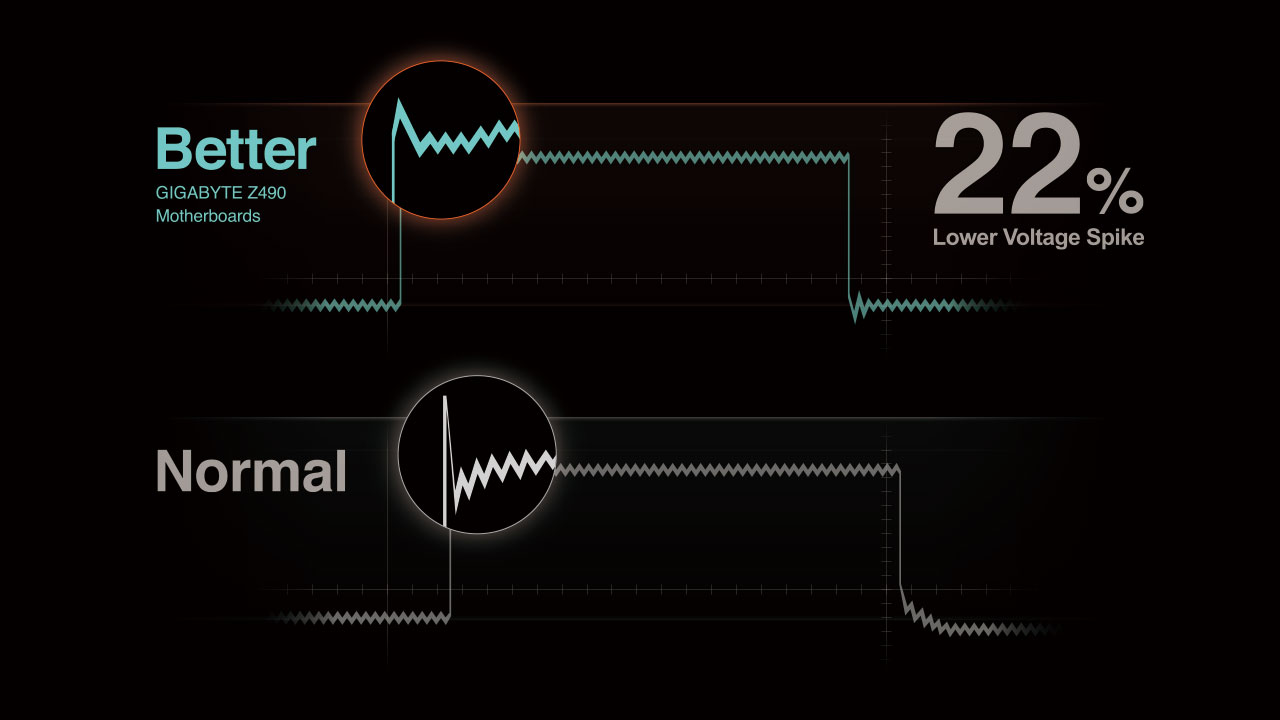
Here are the full screenshots from the oscilloscope during the measurements. |
|||
Z490 AORUS XTREME vs. Z390 AORUS XTREME |
|||
Z490 AORUS XTREME |
Z390 AORUS XTREME |
||
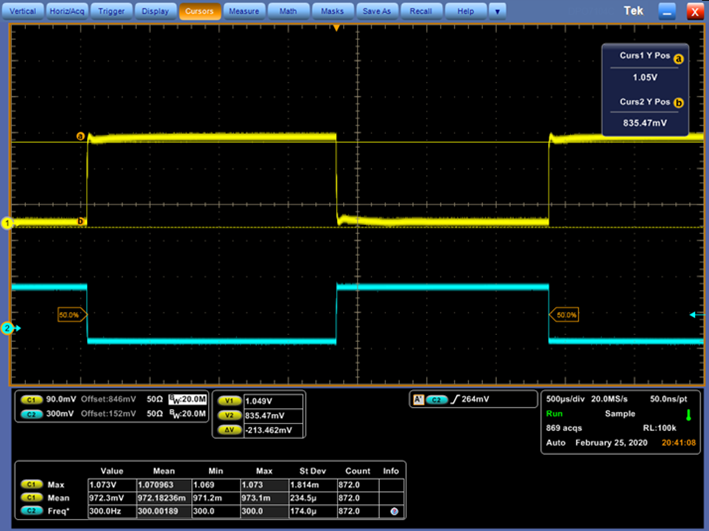 |
 |
||
VDQ 213.5mV |
VDQ 271.mV |
||
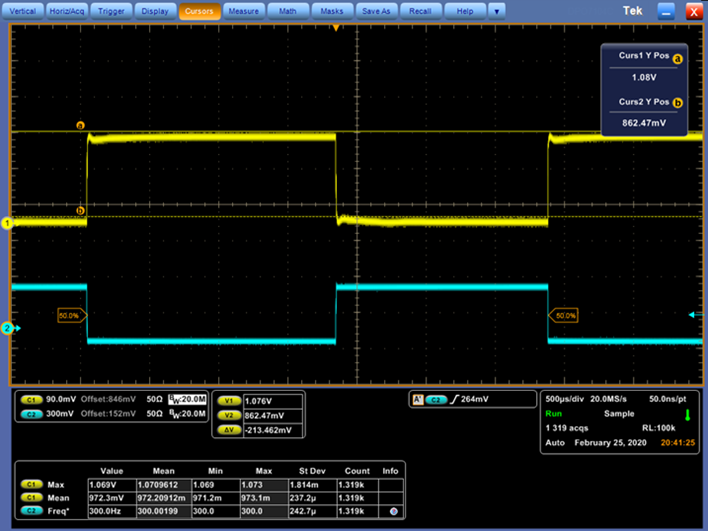 |
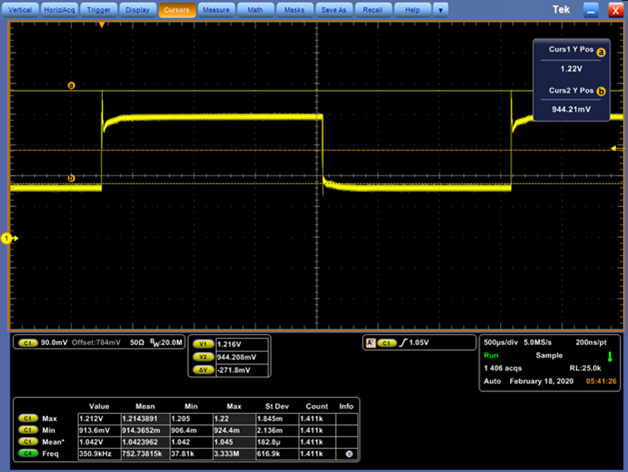 |
||
Vdroop 213.5mV |
Vdroop 221.4mV |
||
POSCAP is thin, small and at the same time offers stable capacitance at high frequency and temperature, with low-ESR/ESL. These features make POSCAP one of the best candidates for digital/high frequency applications. POSCAP also has high reliability and heat resistance. So, all the basic features and even more are still here compared to the commonly used capacitors on motherboards.
New DRAM Design - Better performance at high frequency

Our engineers didn’t stop there though. They brought the POSCAP on the memory (DDR) power delivery design too. The most common DDR design layout is the one with the DIP slots. If you flip the motherboard you can see many exposed solder joints like in the picture below. The two most high-end AORUS Z490 motherboards feature a new design, the SMT design. Basically, you can’t see those solder joints sticking out at the back side of the motherboard.
SMT DDR SLOT vs. DIP DDR SLOT |
|||
SMT DDR SLOT |
DIP DDR SLOT |
||
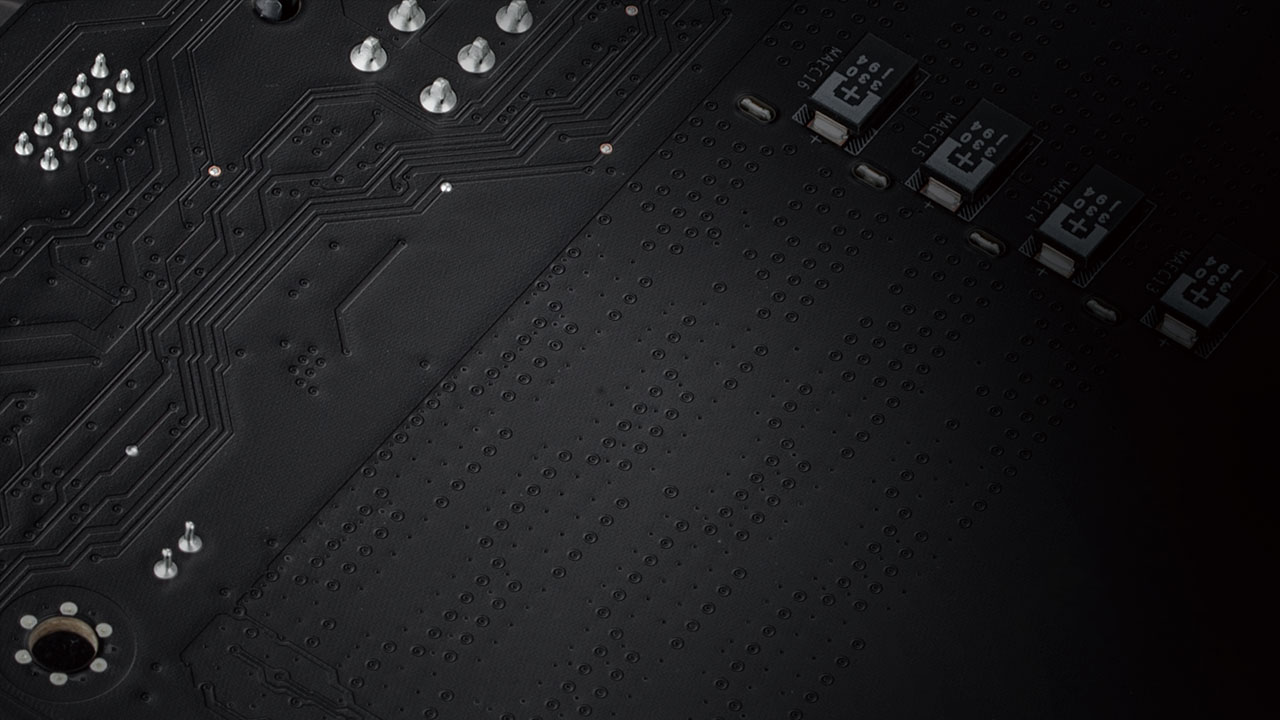 |
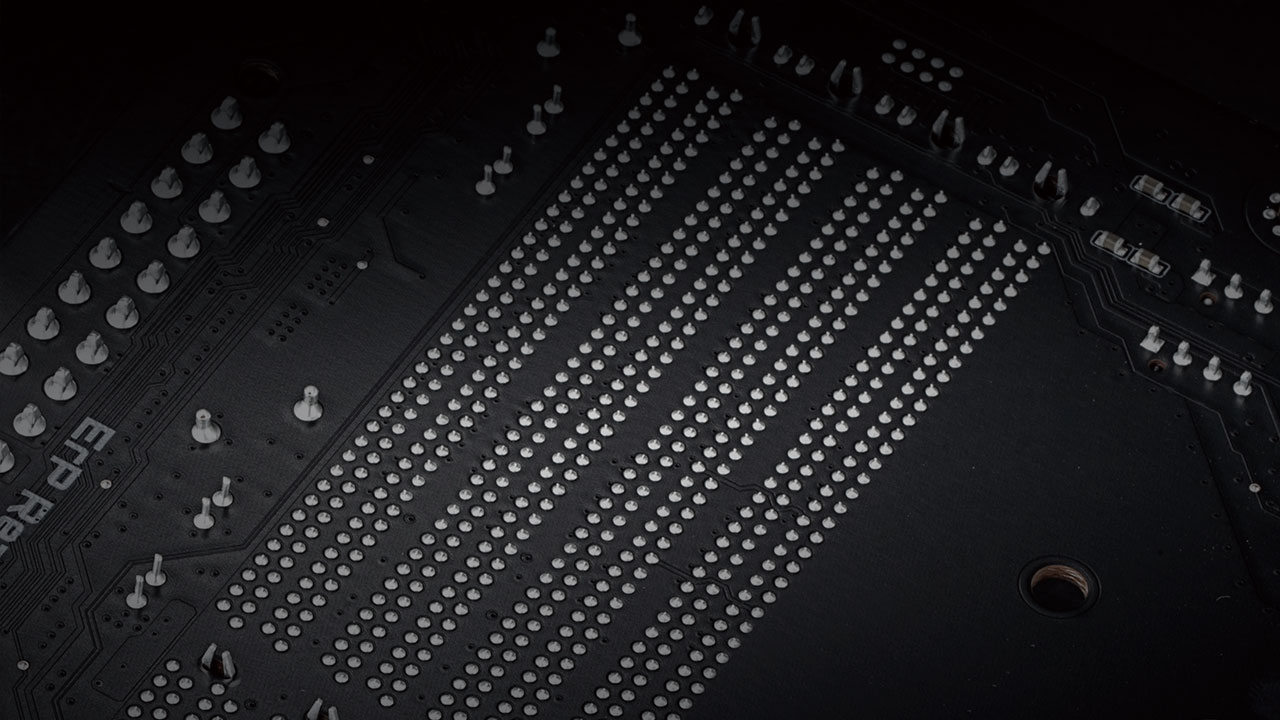 |
||
With all these dots of soldering missing there’s more room to take advantage of. This allowed us to bring the capacitors from the front side even closer to the DDR slots. Again, as you can see, we don’t use the traditional radial capacitors that are commonly been used on motherboards. We use the POSCAP, a smaller tantalum polymer capacitor.
Although, POSCAP has few more advantages over the traditionally used capacitors. The one that really stands out is the ripple benefit. The voltage ripple is POSCAP’s biggest performance advantage. For this reason we compared the AORUS new SMT DDR design with the POSCAP to the DIP DDR design with the multi-layer ceramic capacitors.
DDR | DDR4-4133 CL19-21-21-41 / 8Gx4 (G.SKILL | ||
VDDQ | XMP / 1.45V | ||
SMT DDR SLOT vs. DIP DDR SLOT |
|||
SMT DDR SLOT |
DIP DDR SLOT |
||
 |
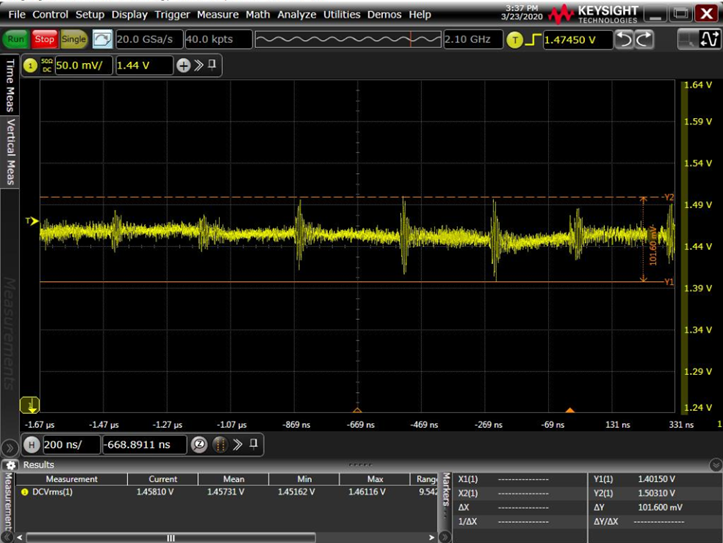 |
||
VDDQ |
VDDQ |
||
| Vp-Vp: 34.6mV | Vmean: 1.452V | Vp-Vp: 101.6mV | Vmean: 1.457V |
| Vmax: 1.469V | Vmin: 1.435V | Vmax: 1.503V | Vmin: 1.4301V |
Here we used, again, the oscilloscope to prove that the voltage ripple is actually better using POSCAP. As you see the peak-to-peak performance is almost 3 times or 300% better on the SMT DDR design with the POSCAP. Moreover, all the other measurements are on point too since the voltage doesn’t fluctuate that much.
Conclusion
To sum up, POSCAP has significant advantages over the traditionally used capacitors. This is one of the reasons that these radial capacitors are most cost effective and thus are used on most of the motherboards compared to the POSCAP. POSCAP’s advantages don’t stop there since they don’t dry-up so they can last for longer time under certain circumstances and they don’t lose their capacitance even with continuous voltage being applied. All the above, make POSCAP a superior solution over other capacitors and at GIGABYTE we make sure that the high-end AORUS Z490 motherboards are equipped with the best components possible.
List of motherboards using the SMT DDR and POSCAP combination:
List of motherboards using POSCAP on the VRM:

